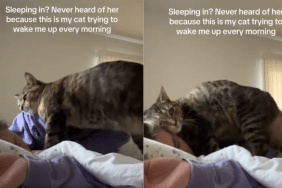Cats have a very impressive vocal range that includes purrs, hisses, meows, and even chirps. According to French researchers, cat sounds cover more than 60 notes, and over the millennia of domestication, many of these sounds have evolved to reach out to the pet parents.
When we think of cat sounds, we instinctively consider the most famous association — meow. A cat meow, with its different possible pitches and lengths, is the definitive cat sound, closely followed by the purr.
Both sounds are a part of our vocabulary in the form of analogies and expressions. Just think of “the cat’s meow” or a car engine that “really purrs.” But those sounds don’t always mean the same thing, and cats are capable of making a lot more vocalizations.
Because cats are highly evolved, independent hunters, their need for communication in the wild can be limited. When required, a mother cat will purr or meow to her kittens, growl at predators, or attract mates with chirps. Domesticated cats possess a highly developed communication skill set, and their vocal sounds play an important role here.
The Classic Meow

An adult cat’s meow is directed at humans when they want something. A kitten meows when they want attention from their mother. Interestingly, adult cats do not “meow” to one another.
The intensity of a cat’s distress can be gauged from the pitch of the meow. An agitated cat’s meow will have a lower pitch compared to the meowing sound from a contended cat.
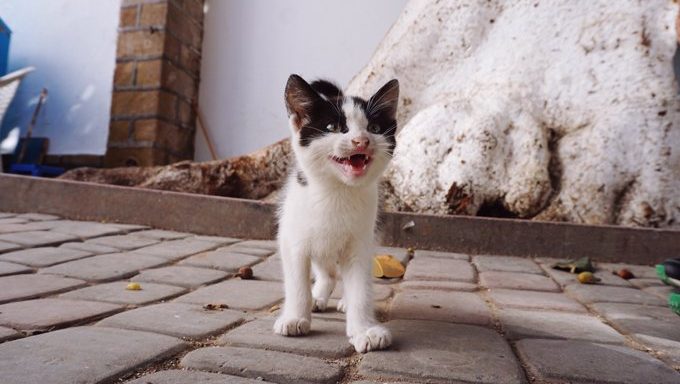
In time, we can learn the meanings associated with the different types of meows. To the untrained ear, they may all sound the same, but a caring pet parent knows one meow from the other.
One’s for food, the other to be let out, another is a plea to be cuddled, and yet another is simply a cute meow of “life is good” contentment.
The best way to know what your cat’s meows mean is to pay attention. Listen to the pitch and length of their meows, and check on your cat’s mood and behavior. You will begin to notice when your cat wants food, water, attention, and anything else based on their communication habits.
The Soothing Purr
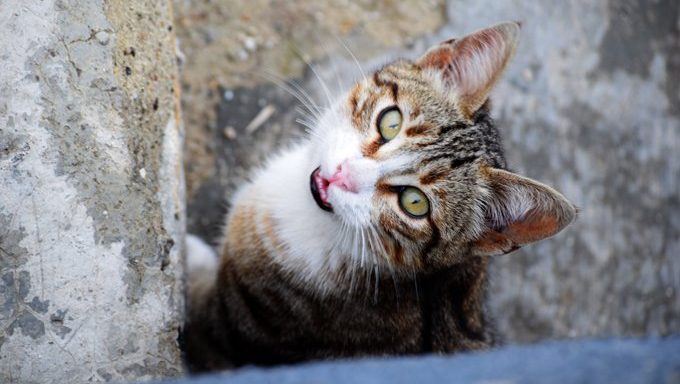
A cat’s purr usually signifies that all is well in its world. And yet, this feline acknowledgment of feeling content is also associated with duress.
The original function of purring was to serve as a form of reassuring communication between a cat and its kittens. Females purr when they are about to deliver kittens, and frightened cats may purr to indicate submissiveness.
Recent research indicates that, although the reasons for purring — states of relaxation and distress — are contradictory, there is a good reason why cats do it.
The urge to purr originates in the brain and is associated with the release of endorphins, chemicals that have analgesic properties. Endorphins are released in mammals when they are either happy or sad.
Purrs also vibrate at a frequency that promotes healing. So a cat suffering from an injury or pain may start purring to help speed along the healing process.
Again, pay attention to your cat’s communication. If your cat is purring in a way that seems out of the ordinary, then it’s possible that they need a trip to the vet. But if your cat is purring in your lap and sharing the love, feel free to enjoy those soothing purrs.
Chirps, Caterwauls, And Other Sounds
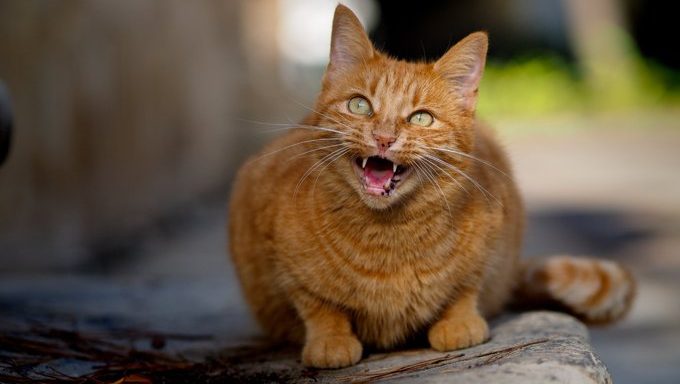
If you see your cat gazing intently in one direction and then chirp or make a chattering sound, consider it a signal that there’s some prey nearby and your pet is planning to launch at their target.
By the way, did you know that the cry of a cat in heat is called a caterwaul? If your cat makes that sound, beware. Male cats may hear, and they can get pretty creative when pursuing a mate. Now is a good time to think about having your female cat spayed. If you have a male cat, get them neutered so they won’t charge in the direction of the loudest caterwaul.
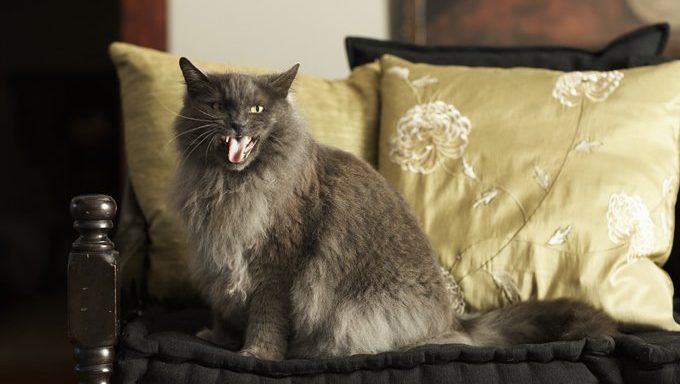
Threat-related vocalizations include hisses or snarls. These can be responses to danger, an unwanted intruder in their territory, or general annoyances. If your cat suddenly starts hissing or snarling at you, another person, or another pet, you may be dealing with feline aggression. A trip to the vet or an animal behaviorist might help.
Another neat piece of information for cat parents is that certain cat breeds are known to be more vocal than others. For example, Siamese cats are more “chatty” compared to the Persians!
Do you have a cat who likes to “talk” do you? Can you understand what your kitty is saying just by their sounds? Let us know in the comments below!









